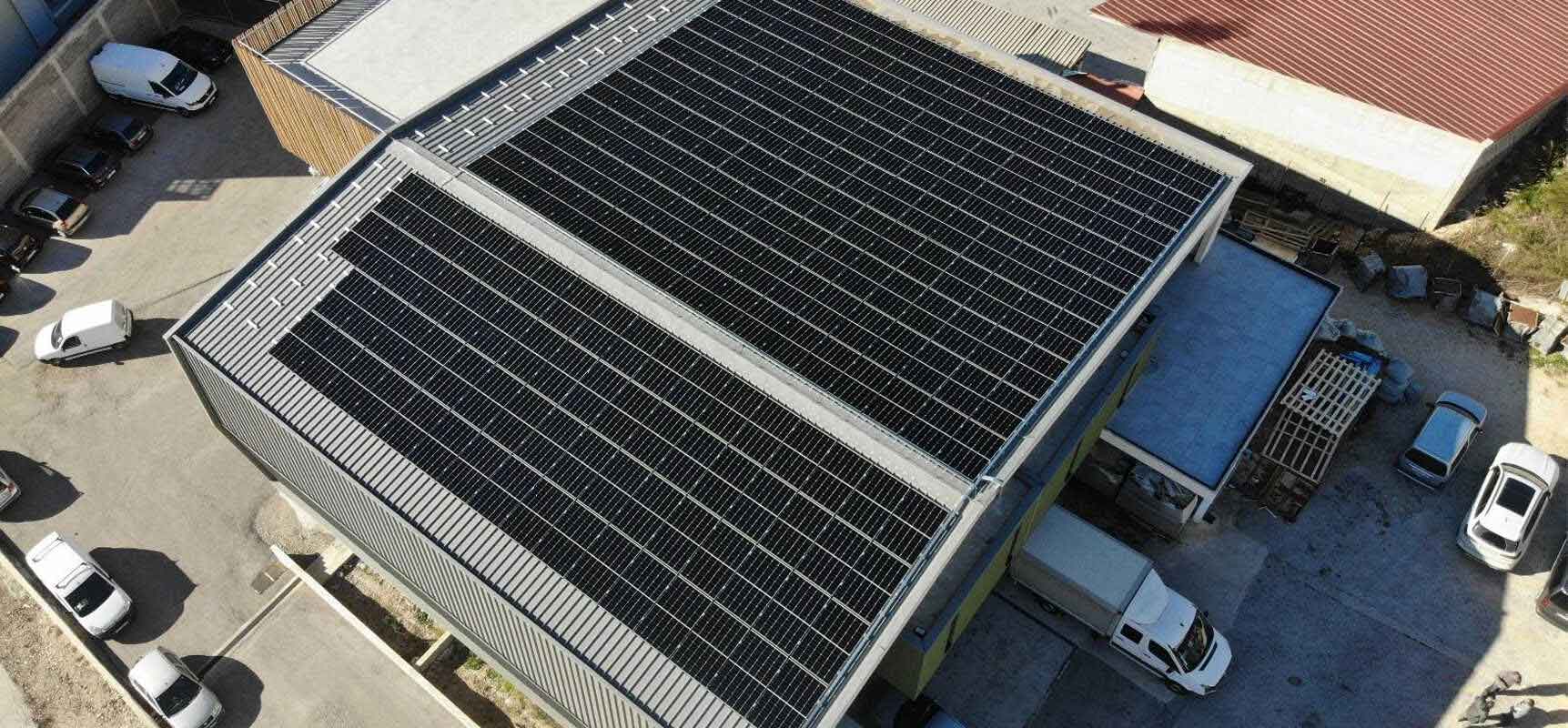5 Solar Panel Technology Trends Shaping the Future of Renewable Energy
Mar 15, 2024
In recent decades, solar panel technology has evolved, allowing significant innovation. Advances include greater solar cell efficiency, the introduction of new and more abundant materials, advancements in manufacturing techniques, and flexible designs. This progress is ushering in a new era for solar energy, making it more accessible and efficient.
Solar Panel Efficiency Rates Have Skyrocketed
Over the past two to three decades, solar panel efficiency has seen remarkable advancements. In the early days, solar panels had a conversion efficiency of around 10%, meaning they could only convert about a tenth of the sunlight they captured into usable electricity. However, thanks to continuous research, development, and technological breakthroughs, solar panel efficiency rates have increased dramatically.
Today, it's common to find solar panels with conversion efficiencies exceeding 20% or even 25%. This means they can convert a quarter or more of the sunlight they receive into clean, renewable energy. These higher efficiencies have made solar energy a much more viable and attractive option for homeowners, businesses, and even entire cities. Not only do solar panels occupy less space, but they also produce more electricity from the same amount of sunlight.
This increased efficiency has driven down the cost of solar power, making it more accessible to a larger number of people and contributing to the widespread adoption of solar energy worldwide. The future certainly looks bright for solar panel efficiency, and I can't wait to see what further advancements await us in the coming years!
Manufacturing Advancements With Perovskite Solar Cells
As the cost of solar panels has significantly decreased over the past few decades, finding ways to reduce solar panel manufacturing costs further has become increasingly challenging. However, the affordability of solar modules is crucial for their widespread adoption. Thus, perovskite solar cells have emerged as a promising solution due to their low production costs and high efficiency.
Despite the potential benefits of perovskite solar cells, some challenges remain that need to be addressed for their widespread commercial use. Researchers and scientists are actively working to improve the stability and scalability of these cells. By resolving these issues, perovskite solar cells could become a game-changer in the renewable energy industry, offering a cost-effective and efficient alternative to traditional silicon-based solar panels.
Bifacial Solar Panels Harness More Sunlight
Bifacial solar panels provide a unique advantage in solar energy generation by capturing sunlight from both the front and back of the module. This innovative design allows them to utilize reflected sunlight from various surfaces, such as the ground, water, or nearby structures, resulting in increased electricity yield.
The versatility and efficiency of bifacial solar panels make them particularly valuable in applications ranging from commercial photovoltaic installations to large-scale solar farms, ultimately improving the economic viability of solar energy. Excitingly, researchers at the National Renewable Energy Laboratory (NREL) are currently exploring the development of bifacial perovskite solar cells, further enhancing the potential of this cutting-edge technology.
Solar Panels Become Flexible and Lightweight
The continuous advancements in materials and manufacturing techniques have paved the way for the emergence of flexible and lightweight solar panels, opening up a realm of possibilities for their application in diverse settings. These innovative solar panels are designed to be adaptable, making them well-suited for a range of uses, from powering portable devices to seamlessly fitting onto curved surfaces.
The development of flexible and lightweight solar panels has not only transformed the utilization of renewable energy but also revolutionized its integration into our daily lives. Their flexible nature allows for unconventional placements, including integration into clothing and backpacks, while their lightweight design enhances their installation potential on various structures such as vehicles, buildings, and even spacecraft. With their versatility and adaptability, these solar panels have become a game-changer in expanding the reach and accessibility of sustainable power generation.
Optimizing Renewable Energy with Energy Storage
The integration of energy storage solutions, such as advanced batteries, with solar panels has become instrumental in maximizing the utilization of renewable energy. This innovative approach allows excess solar energy to be stored during periods of low sunlight or high electricity demand, ensuring a consistent power supply.
The integration of energy storage systems with solar power systems represents a significant milestone in the evolution of renewable energy. Advanced battery technologies, such as lithium-ion and flow batteries, have become pivotal in this integration process.
These batteries enable efficient and reliable storage of the surplus energy generated by solar panels, providing a continuous power source even when solar generation is limited. By combining solar energy generation with energy storage capabilities, we can enhance the reliability, sustainability, and overall efficiency of our energy systems.